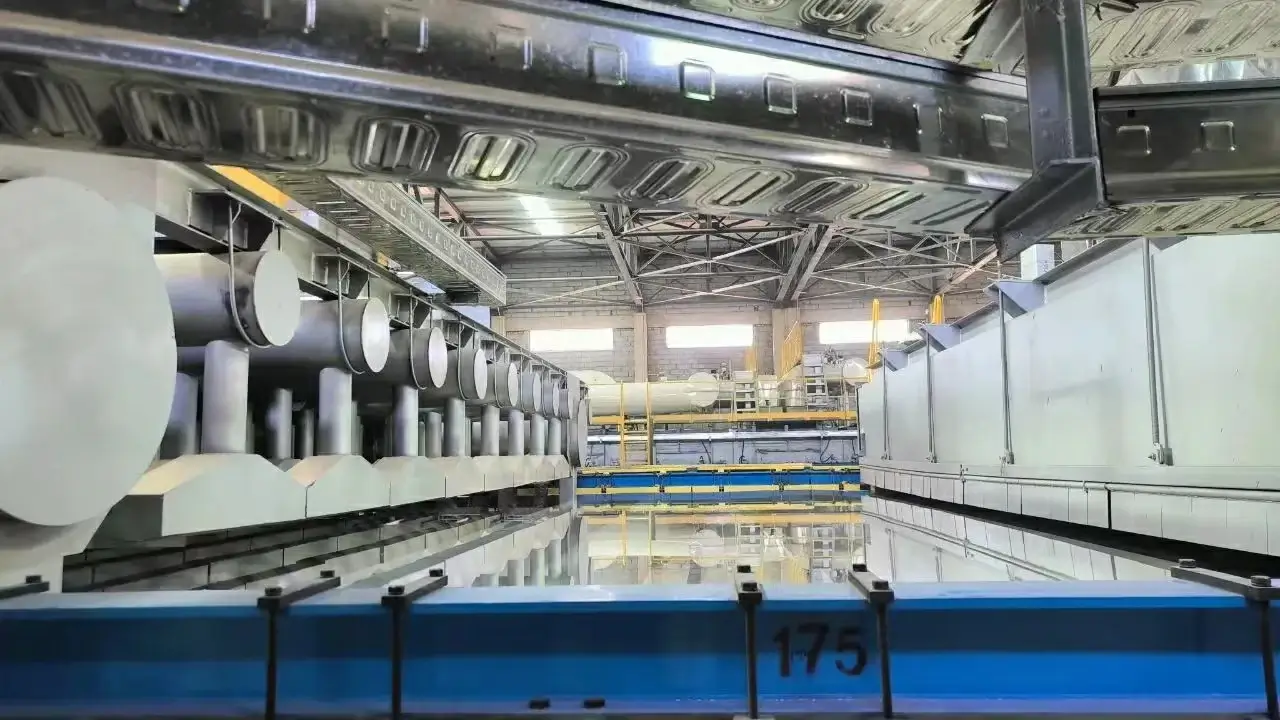

Understanding the Price of Ultra Clear Glass A Comprehensive Overview
Ultra clear glass, often referred to as low iron glass, has gained considerable popularity in various applications due to its exceptional clarity and aesthetic appeal. This type of glass is specially formulated to reduce the iron content that typically gives standard glass a greenish tint. As a result, ultra clear glass allows for maximum light transmission and unparalleled clarity, making it an ideal choice for architectural designs, displays, and high-end installations. However, understanding its pricing is crucial for consumers and businesses alike.
The price of ultra clear glass can vary significantly based on several factors including thickness, dimensions, suppliers, and custom treatments. Typically, ultra clear glass tends to be more expensive than regular glass due to the specialized manufacturing processes involved in its production. The costs may range from $10 to $40 per square foot, depending on the specifications and market demand.
Understanding the Price of Ultra Clear Glass A Comprehensive Overview
Another critical factor is the size of the glass panels. Custom sizes may attract higher prices due to the wastage associated with standard sheet sizes. For large projects, such as building facades or glass staircases, the cost can escalate rapidly since substantial amounts of bespoke ultra clear glass are often required. Buyers should carefully consider their design specifications and explore options to optimize size and material usage.

It's also essential to factor in additional treatments or coatings such as anti-reflective coatings, laminated options for safety, and tempering for increased strength. Each of these modifications can contribute to the overall price of ultra clear glass. While these treatments add value by enhancing performance and durability, they also represent additional costs that should be factored into any budget.
Suppliers and geographical location also play a significant role in pricing. In regions where manufacturing facilities for ultra clear glass are plentiful, competitive pricing may be more common. Conversely, in areas where such products are imported, transportation costs can drive prices higher. Consumers should shop around and consider both local and international suppliers to find the best prices.
Furthermore, the growing demand for ultra clear glass in the construction and interior design sectors has led to fluctuations in pricing based on market trends. As sustainability becomes a priority for many companies, there is an increasing reliance on high-quality materials like ultra clear glass, driving prices up in some instances.
In conclusion, while ultra clear glass often comes with a higher price tag compared to regular glass, its unmatched clarity and aesthetic superiority make it a preferred choice for many applications. Those considering purchasing ultra clear glass should take into account the various influencing factors such as thickness, size, additional treatments, supplier options, and current market trends. By doing thorough research and engaging with various suppliers, consumers can make informed decisions that align with their budget and project requirements.